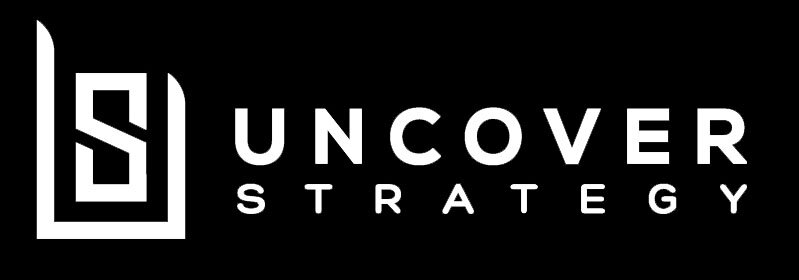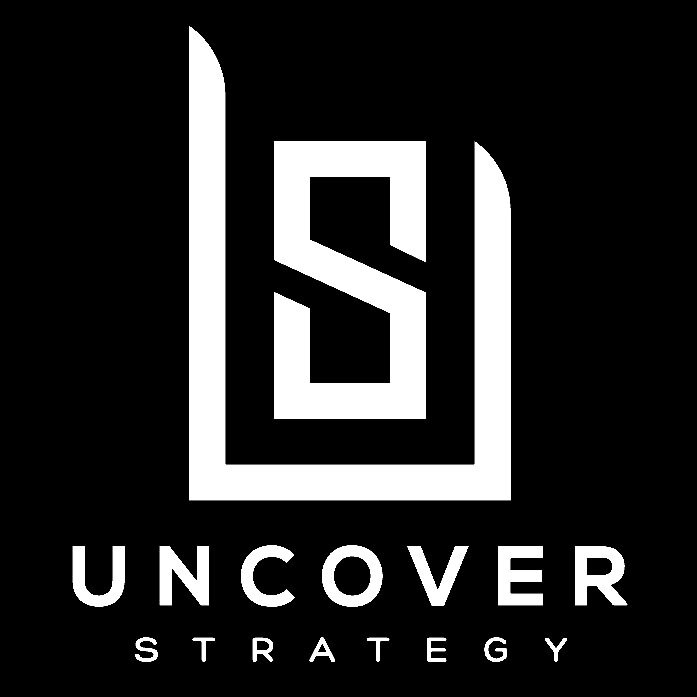How to Stand Out as a Founder: VC Insights from Silicon Valley’s Nandini Agarwal
Raising in SV (and beyond)?
A while ago, I met Nandini Agarwal, Investor at Counterpart Ventures, at an Asian fusion restaurant in Silicon Valley. We had just started talking about our work at FLUIX.AI and how our own fundraising round was going, when the conversation fizzled out: I think the food arrived, and we were seated just far enough apart that, between the steam, the forks, and the fusion dishes crowding the table, there was no way to cut through it all for a real conversation.
We didn’t have time to go deep, but that brief exchange left me curious. Nandini had a calm clarity that stayed with me. I wanted to know more, not just how she invests, but how she views founders building outside the Valley. I am always thinking about how to better support those creating strong businesses in places that do not always get the spotlight, and I sensed she had something worth hearing.
Find “The Young VC’s Handbook” on Amazon.
She later offered me her time after I reached out to her again. A few weeks on, we picked up the conversation again when I got back to AU. This time, our chat spanned from Brisbane to San Francisco, early morning my time. Nandini is an investor at Counterpart Ventures and co-author of The Young VC’s Handbook. In the book, her section “How Do You Build Relationships Past Networking?” stuck with me. So I used the call to dig deeper, especially with founders from Australia or Germany in mind.
Here’s how it went.
Why you need to stop leading with your pitch.
I asked her about the first line she wrote in the book: “VCs are known to be transactional and cliquey.” So what can founders do to cut through that?
Her advice was simple. Start on a human level.
“Even on a Zoom call, take a few minutes to genuinely connect. Talk about where you’re from or something you have in common before you jump into your deck.”
Whether you meet a VC at a dinner or in a scheduled meeting, don’t rush.
The founders who start with a personal moment, not a pitch, tend to stand out.
Source: UQ Ventures, 2025, The UQ Ventures 2025 ilab Accelerator Pitch Night
Offering value when you feel you have none
Founders often feel they have nothing to offer unless they’re raising money. Nandini sees that differently. “There’s one founder I respect who’s always sharing relevant startups with VCs, even when they’re not a fit for him. That builds real goodwill.”
She also mentioned founders who offer expertise on trends or tech in their field. One example she gave was a foodtech founder offering opinions on other companies’ go-to-market strategies when asked.
The point is not to overextend your time but to create value in your domain. You can be helpful without being self-sacrificing.
2. Earning your asks
Asking for funding is expected, but if you want more, feedback, introductions, and honest input, you have to earn it.
That can look like being a connector, a sounding board, or someone who offers value before asking for anything in return. Founders who help VCs source, qualify, or understand deals build the kind of trust that outlasts a single round.
Even something as small as making an intro or advocating for another founder can change how a VC sees you.
3. The emotional side of venture
One thing that stood out in the book, and after following up on the talk, was that Nandini described VC as a “lonely job.” She explained that sourcing is constant and relationships often feel transactional, which makes personal and meaningful connections rare and valuable.
That dynamic is worth understanding. It means founders who bring warmth, awareness, and clarity to a conversation are likely to be remembered. It also means relationships, not pitches, are the long game.
4. How to stay top of mind, the right way
Many founders want to stay visible after a call, but few do it well.
“Don’t send monthly newsletters,” Nandini said. “Send one every six months. Make it specific, mention something personal you discussed, or reflect on a post you saw from them. Keep it targeted.”
Generic updates get ignored. But if your message shows that you remembered your last touchpoint, that you care about their work, and that you’re still building, that’s how you stay relevant.
Key takeaways for founders
Don’t rush the relationship. Take a few minutes to connect before pitching.Be useful early. Even if a VC is not a fit, you can offer insights or intros.Think beyond your own raise. Build social capital before asking for favors.VCs are people, too. Emotional awareness and clarity matter.Stay in touch with intention. Reach out twice a year with something personal and valuable.
Nandini Agarwal, Counterpart Ventures
Connect with her on LinkedIn here.
Interested in talking to Nandini? Nandini is especially interested in hearing from you if you're working on anything related to:
Women’s health
Disability technology
Community-led platforms
…especially with a mission-driven lens. She’s open to founders globally, not just in the US. So if you’re interested, reach out!
You can reach her through LinkedIn or via Counterpart Ventures.
Interested to see if Counterpart Ventures may fund your business?
From their “About” section:
“We invest in B2B SaaS, mobility and marketplace technologies which target nontrivial problems or fill missing gaps in large markets. We don’t require social proof by blindly following other investors, when we have conviction we are all in.
Today’s VC landscape is increasingly divided by micro and mega funds. Counterpart Ventures is uniquely positioned to price and lead rounds where others cannot or simply will not.”
Thank you, Nandini, for your time and insights.
It was fun, insightful talking, and I am certain our paths will cross again (perhaps again with Abhi, Sri, and the others from FLUIX.AI).
And perhaps one day at an Asian fusion restaurant here in Brisbane, Australia. 🇦🇺






